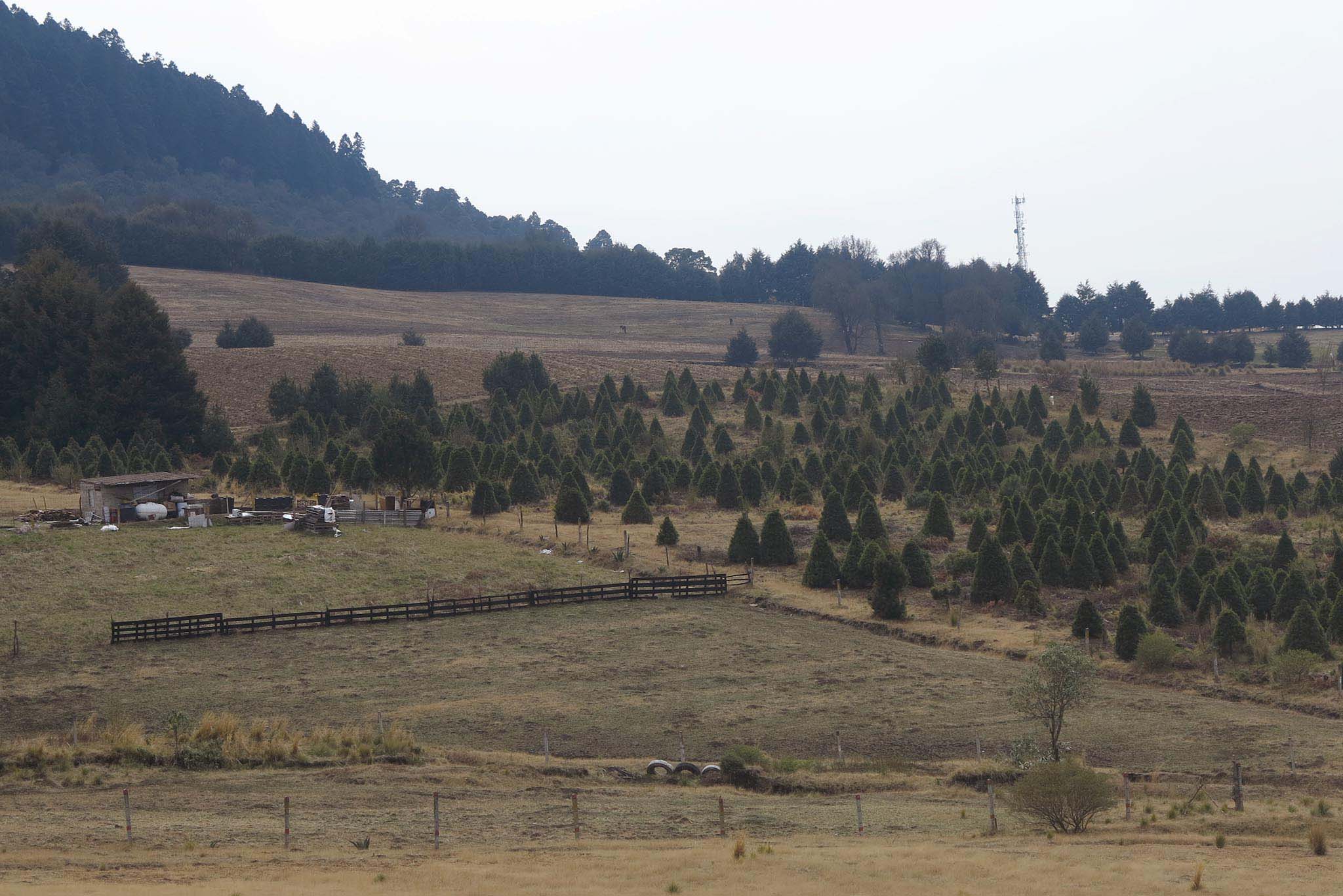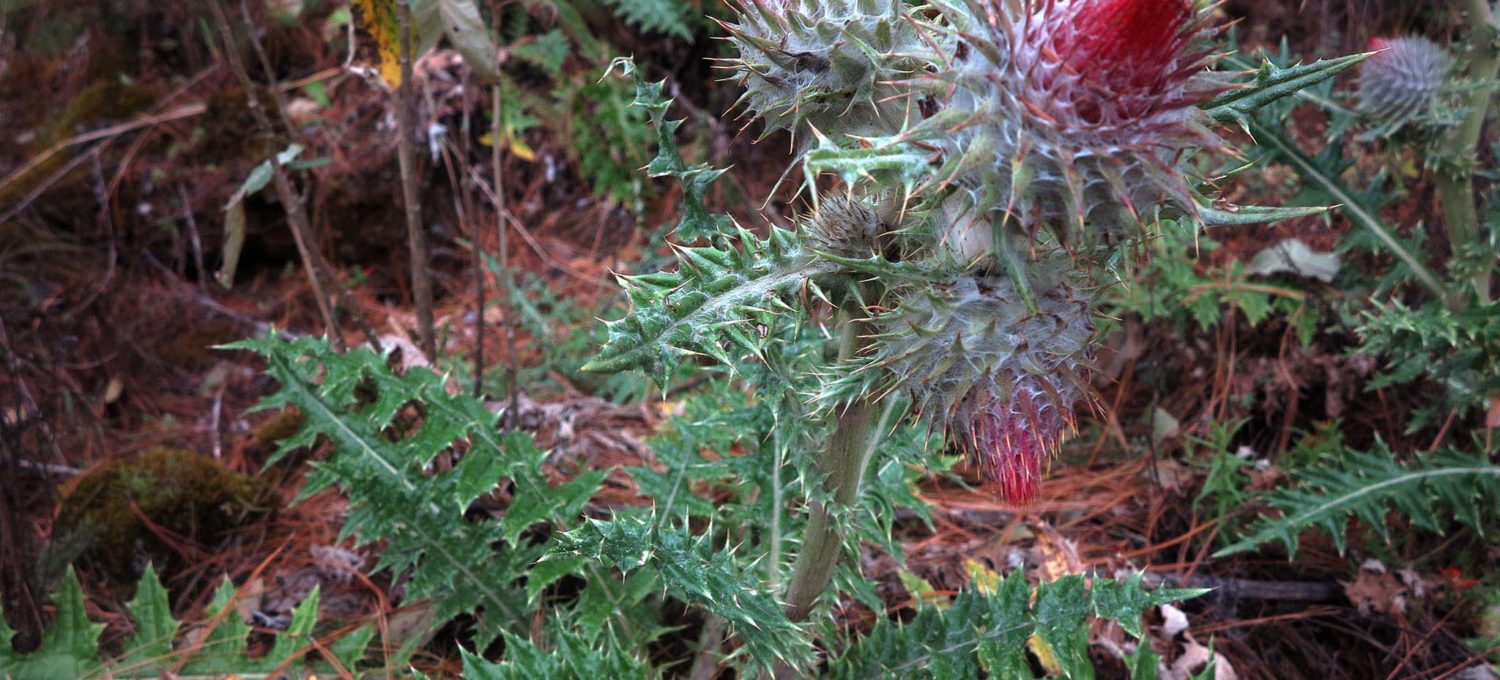
The Valley of Mexico is a biodiversity hotspot. Due to its varied climates and geographical features many different species occupy different niches in the landscape. The growth of the city naturally encroaches on these niches, especially in the four southern delegations of the Distrito Federal – Xochimilco, Tlalpan, Milpa Alta and the Magdalena Contreras. Xochimilco for example boasts 300 species of birds. In total 914 birds are found in America north of the Mexican border. And 0.5% of all the world’s species of flora and fauna are found in the Valley of Mexico. Conservation efforts in the Valley of Mexico depend on the government’s ability to control construction on the city’s southern border.
Axolotl – Xochimilco

The axolotl is large salamander living in the lakes and streams to the south of the Valley of Mexico, particularly in in the canals of Xochimilco. If any species represents the uncanny beauty which once graced the Valley of Mexico it must be this one, with a lion’s crest around its head, and oval, alien face. The mere fact of this eternally juvenile state, halfway grown all its life, hints at immortal parentage. The axolotl also can regrow limbs and other organs when damaged. This regenerative capacity has made the Axolotl a favorite source of study. Though useful skills these are apparently not enough when battling a megacity.
The canals of Xochimilco are now maintained artificially by infusions from a water treatment plant in Iztapalapa. Occasionally the whole area is used as a flood plain when waters from the canals in the east of the city threaten to flood the city. Houses slowly creep over the chinampas, one-by-one, creating urban districts crisscrossed by canals where once there were fields.
The disappearance of the lakes, the pollution of the lake’s waters and presence of carps and other fish which eat the salamanders eggs have almost eradicated this animal which never metamorphoses to adulthood. But life for this salamander was never easy and the Aztecs used to eat them.

Still there seems to be something almost prophetic in the eyes of these delicate animals. Someday in the future the lakes will inevitably return and geography retake its control over the Valley of Mexico. And maybe somewhere amid the ruins in the lake these small animals will be hunting worms among the shadows.
Pine Trees

Mexico is the world’s imagination is a land cactus and rainforests. Realistically however it would be seen as a country of pine trees. According to scientists 37% of all species of pine trees in the world are found in Mexico. That is to say 35 species. Of these 10 are found in the Valley of Mexico. So a little bit more than 10% of all the species of pine tree in the world are found in the Valley of Mexico. The mountains around the valley are covered with pine.
The inner ranges of hills, the Sierra de Santa Catarina and the Cerro del Pino now no longer have any pine trees. In the higher parts of the Sierra de Guadalupe there are a few stands of pine. But the mountain ranges to the South and west of the megalopolis are covered with pine trees, oyamel and Montezuma pine, principally. The city’s edge disappears among the pines in the south of the city.

The hills in the more inhabited parts of the city generally have eucalyptus on the lower slopes planted at behest of architect Miguel Angel de Queveda in the early 20th century to combat desertification. Higher up there are pepper trees standing alone in fields and oaks in wetter areas. The oaks finally give way to pine in the wildest areas on the tops of the hills.
Pine is not a very valuable kind of wood, unsuitable for many kinds of building and furniture. Nonetheless the forests are prey to irregular forestry, often an only recourse for poor mountain villages. The slow sale of tree by tree dragged through the mountains for sustenance.
Chichinautzin

The heart of biodiversity in the Valley of Mexico is the volcano Chichinautzin on the highway to Cuernavaca some ten kilometers beyond the city’s edge. The volcano is wide and low with steeply inclined crater. Because it is a relatively young volcano (10,000 years) it has not eroded and the lava is as sharp as the day it congealed.
The Valley of Mexico is as diverse as it is because of its microclimates. One imagines biodiversity as seeing many species at the same time, like a superabundant rainforest. Yet the Valley of Mexico is composed of patches of different microclimates as you gain altitude. So the vegetation constantly changes. Palm trees, cacti, pine and agave interchange constantly.
The lava fields of the Chichinautzin are so sharp that it is impossible to cut trees there. Trees pop-up among the lava. Fluorescent mosses dangle from stone and tree stump. A steep slope of pine covers the cone of the volcano. The crater is a steep and jagged gash into the rising rock with a dark tree-covered glade at the bottom. On the south hundreds of meters of bare, black, rock separate the crater from a radio tower.

Red-tailed hawks circle the volcano’s summit and lizards dart along the rim. Below lie the forests of Milpa Alta and Morelos dotted with fields and scored by dirt roads. And between them lie the untold riches of biodiversity of the Valley of Mexico.
Maguey Pulquera

When the Valley of Mexico started drying out after the conquest the vegetation changed. According to Charles Gibson the forests gave way to dry brush and agaves. The towering pulque agave (agave salmiana) became one of the principle crops catering to an indigenous population seeking to drown its miseries in alcohol.
These giant agaves with a diameter of up to 5 meters commonly line the fields in the drier parts east and north of the Valley of Mexico, forming hedges, and when in season sending towering stems up into the air with flowers and seeds. Iztapaluca and Tecemac are areas where they are easy to find.
According to a scientist at the University of California Los Angeles, Park S. Nobel, these agaves, which reach maturity in 8 to 12 years, are one of the best plants in the worlds for capturing carbon dioxide in the atmosphere, since they grow so fast and require little water. Not only will their range increase due to climate change, but they can also play an important role as a carbon offset.

Pulque is obtained by cutting a basin in the maguey’s heart and letting the fluid deposited ferment creating a sweet gelatinous liquid. It was the principle alcoholic beverage in pre-Hispanic times coming in many grades and varieties. Its unrestricted use was a privilege of old age, before that time it was strictly regulated by religious observance. It is still commonly drunk in many of the more rural parts of the periphery.
Volcanoes

Nothing is more characteristic of the Valley of Mexico than its volcanoes starting with the majestic Iztaccihuatl and Popocatepetl towering over the valley to the southeast, each more than 5 kilometers above sea level. But many other volcanoes dot the city’s southern periphery. La Caldera just above Metro La Paz in Los Reyes has a huge crater with fields and a few ranches within. It is probably one of the easiest volcanoes to reach by public transport. Another beautiful small volcano is the Teuhtli separating Milpa Alta from the chinampas of Tlahuac and Xochimilco. The Cerro de Guadalupe in the Sierra de Santa Catarina is the largest volcano within the megalopolis ranging over Iztapalapa.
Perhaps the oddest and most characteristic volcano is the Xico in what was once the Lake Chalco amid the sprawling concrete of Valle de Chalco. The volcano is very low and has a wide shallow crater filled with fields of maize. This area was where the Mexico of Tenochtitlan obtained their corn. Mexico means “in the navel of the moon”. And according to local tradition this little volcano is where the “Xico” in Mexico comes from.
These volcanoes are part of the neo-volcanic access crossing Mexico from east to west, part of family including the Pico de Orizaba and Malinche towards the Atlantic and the Nevado de Toluca and Pico de Colima towards the Pacific. The rise of these volcanoes in the Holocene era is what finally converted the valley of Mexico into a basin by blocking the run-off of water to the south.
The landscape to the south of Iztapalapa and Milpa Alta is dotted with volcanoes of all sizes, a geological miracle. More than anything else they are what makes the landscape seem like a living creature. That they are being excavated for gravel is a national tragedy.
